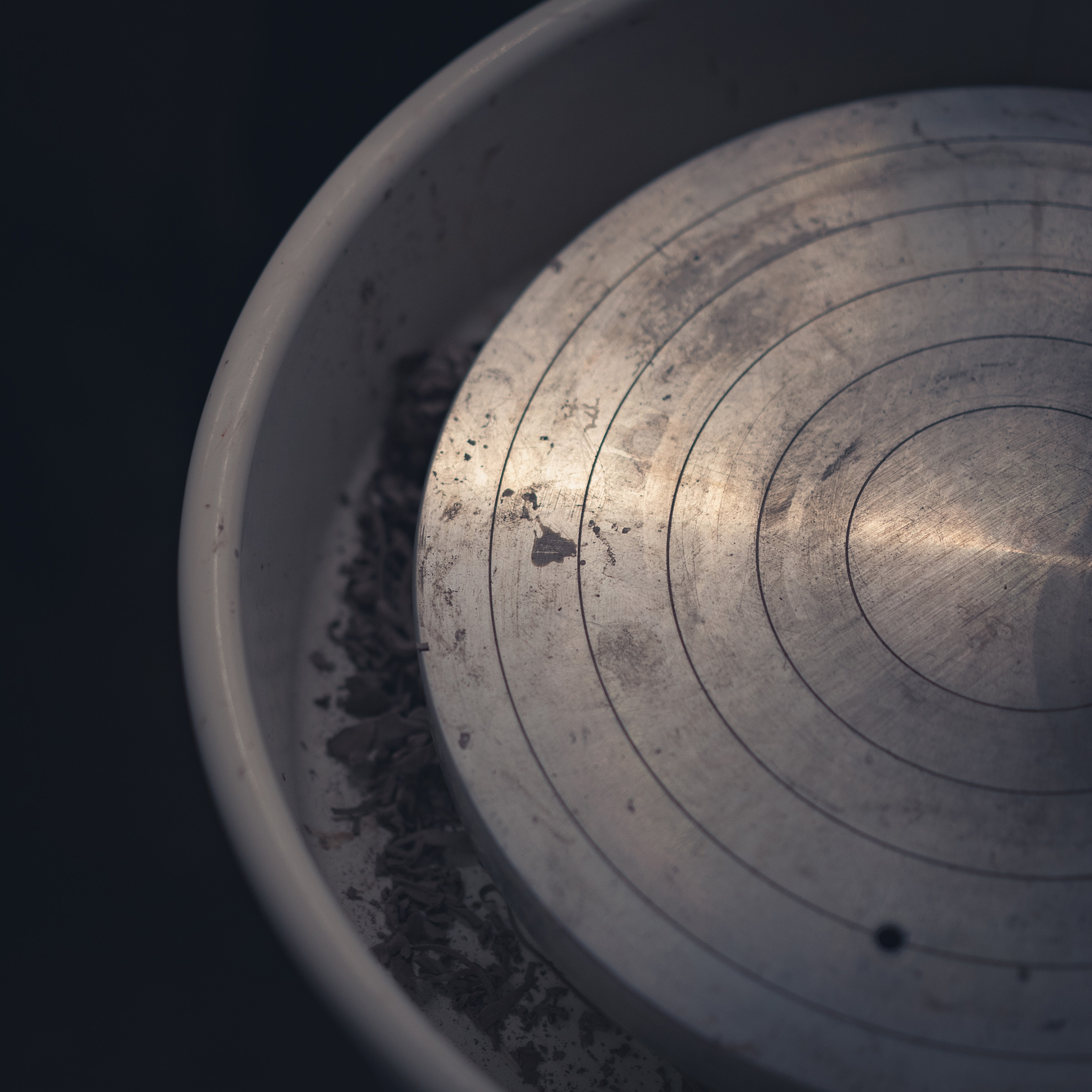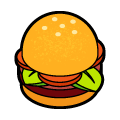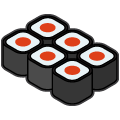
Why Dabbling Beats Mastery Now
Reading about the successes of AI-generated artworks in marketing made me realize that the creative industry, as we knew it, is over. It’s been in decline for a while, but we’ve reached the point where the final nail is being hammered in. At the very least, the definition of “creative” has shifted almost entirely. Today, creative professionals are less about being “artistic” or “aesthetic” and more about problem-solving.
People with refined aesthetic sensibilities (those drawn to design, illustration, photography, and music) once pursued creative careers because they could chase their own vision of beauty while making a living. That’s no longer viable. Businesses have figured out that, in the vast majority of cases, “good enough” is optimal for marketing.
For people not particularly passionate about art, like engineers, AI-generated content is exciting and fun to play with. Marketing now attracts many who simply enjoy dabbling in something that feels “creative.” That may sound dismissive, but it’s a reality the industry has to face. Those driven to define and express their own sense of beauty don’t find AI interesting because it isn’t theirs. For them, creativity is about the journey. For marketers, it’s only about the destination, and AI is an incredible shortcut to that end.
As marketing becomes more AI-driven, fewer artists will be drawn to it. The creative industry, as we knew it, will vanish. Maybe that’s for the better. If your goal is to express your own vision of beauty, maybe it’s best not to do it on someone else’s dime.
At the same time, the shift is happening in reverse. Many “creative” types are now thrilled that they can build apps without coding. In this case, they’re skipping the part they never wanted: the process of learning to code. They just want the final product they imagined; the journey means nothing to them.
On the other side, many coders (especially those from computer science backgrounds) love the process of coding for its own sake. What excites them is turning a well-defined problem into an elegant algorithm. They don’t care how the finished product looks, how it feels to use, or whether it solves the right problem. Many coders find users annoying. Their focus is abstract logic, coding as a kind of pure thought. AI can now do much of that “pure” coding just as well, if not better, and it does not get bored or precious about elegance. It just delivers the result.
What we’re seeing is a broader pattern: technological evolution deprives us of the journeys we enjoy by figuring out how to skip straight to the destination. This is why there’s a ceramics boom now. People miss making things by hand. The industrial revolution took that away a long time ago.
For every type of product, those who enjoy the journey are a small minority. For the rest, it feels like a chore. Capitalists and technologists feel justified in eliminating these tasks, believing they’re doing everyone a favor. But in doing so, they tilt the playing field toward those who never cared in the first place: those who dabble, who skim the surface, who treat creativity as a means to an end. In today’s system, depth is inefficient, and mastery is a liability, especially when scaling the business is a top priority. Dabbling wins because it doesn’t waste time caring. That’s the new creative economy.
Subscribe
I will email you when I post a new article.


